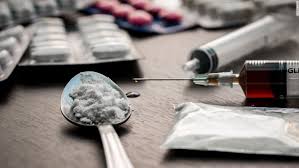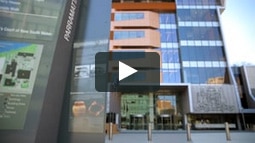Are drugs more prevalent in the gay community?
Zannies, poppers and ecstasy, relatively innocuous drugs popular in the gay partying scene have given way to more powerful and addictive drugs like GHB and crystal meth. With seven times more drug use and significantly higher rates of drug dependency among the LGBT community than the general population, experts warn that we have a “health crisis”on our hands and it is not HIV. (Source: the LGBT Foundation of England).
Why is drug use higher in the gay community?
Isolation, feelings of shame and self-loathing that comes from deep rooted homophobia, has led to disproportionately high levels of depression, self-harm and suicide within the gay community. All of which can be linked to higher instances of drug use.
The stress of having to constantly deal with hatred and bigotry puts an emotional and psychological strain on people. This mental distress is hard to disentangle and often leads to drug dependency and alcohol abuse.
According to University of New South Wales’ Kirby Institute reports “more than 25 per cent of gay and bi men in Australia have used ice” versus nine per cent of the general male population.
Another issue is historically bars and clubs were the only safe places where those who identified as LGBT could “come out” and meet other members in the gay community. As a result, partying has become normalised and is how many people in the community have come to identify themselves. With this partying also often comes drug use. However, the types of drugs and the way drugs are being used are significantly different from decades ago.
Crystal meth in the gay community
Nic Holas from The Institute of Many says there has been a shift in drug use from the 90s. Drugs like poppers and ecstasy that were once commonly found in the gay party scene have been replaced by crystal meth (“ice”) and GHB. Crystal meth has also led to a substantial increase in “chemsex” in the gay community -a subculture that has been growing in Australia for over three years now. “Chemsex” also known as party and play or PnP is when you take crystal meth and have sex while high.
One major issue with methamphetamine and its connection with “chemsex” is crystal meth is reported to make sex much more intense and pleasurable. So much more so that sex when not on crystal meth pales in comparison.
Associate Professor, Nicole Lee of the National Centre for Education and Training on Addiction at Flinders University, says ice releases 1000 times higher than normal levels of dopamine. Combine that with the addictive nature of crystal meth and suddenly the drug is so strongly associated with the pleasures of sex that meth users cannot do one without the other.
The psychological effects of crystal meth
Methamphetamine is a highly addictive drug with a myriad of emotional and psychological effects on the user. People high on ice lose their inhibitions and lack insight about what is going on around them. Both factors that can lead to people doing things they would not do if they were not high on the drug. They also can become erratic and unpredictable.
These behaviours have both short and long term health risks and social consequences. For example, crystal meth increases a person’s stamina and confidence. It also increases impulsivity which results in people taking more risks like having unprotected sex or sex marathons that injure their bodies.
The long-term effect of methamphetamine use includes psychological problems like: depression and suicidal ideation. This is particularly problematic because when you mix the negative psychological effects of crystal meth on a population that already has disproportionately high level of depression, self-harm and suicide, it only exacerbates the problem.
Matthew Todd, author of Straight Jacket a book that takes a disturbing look at the issue claims the “toxic combination of mental distress, drugs and alcohol abuse” in the gay community is “a health crisis that is not spoken about enough.”
If you or someone you know is in crisis, the crisis support service Lifeline in Australia is on 13 11 14.







